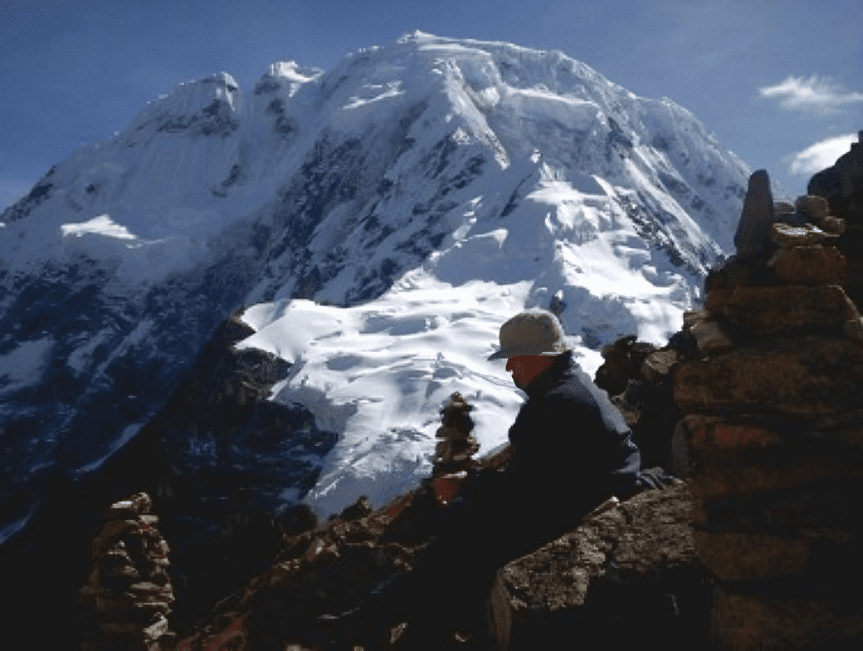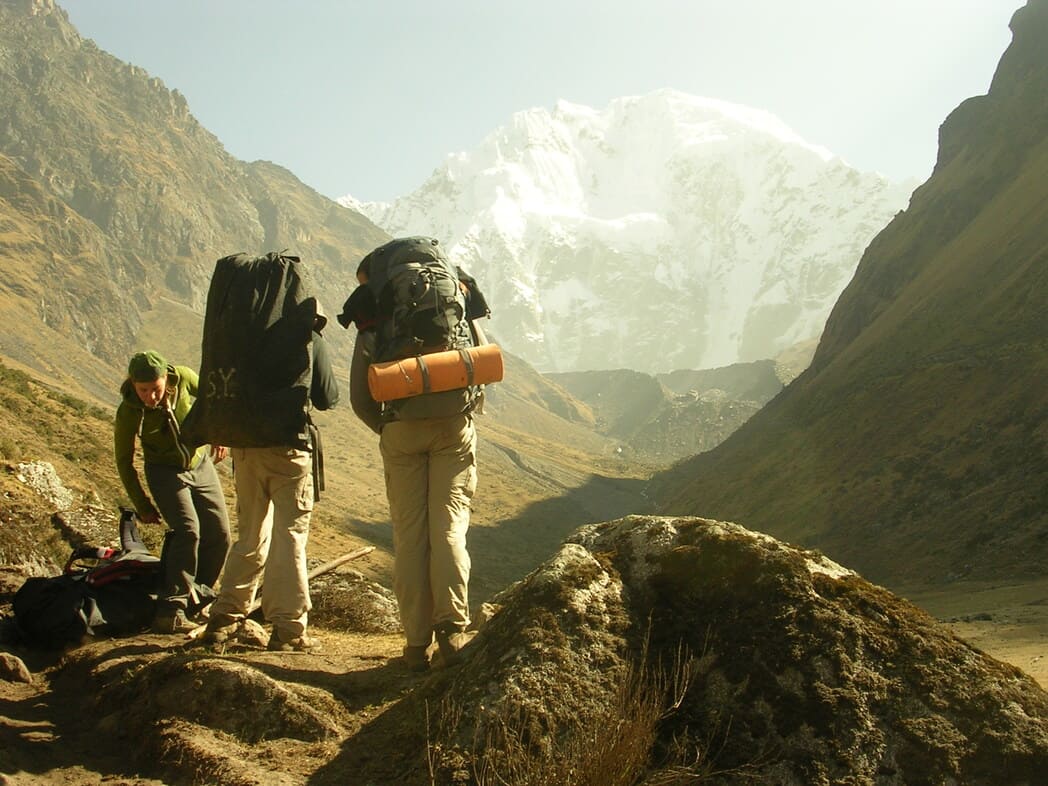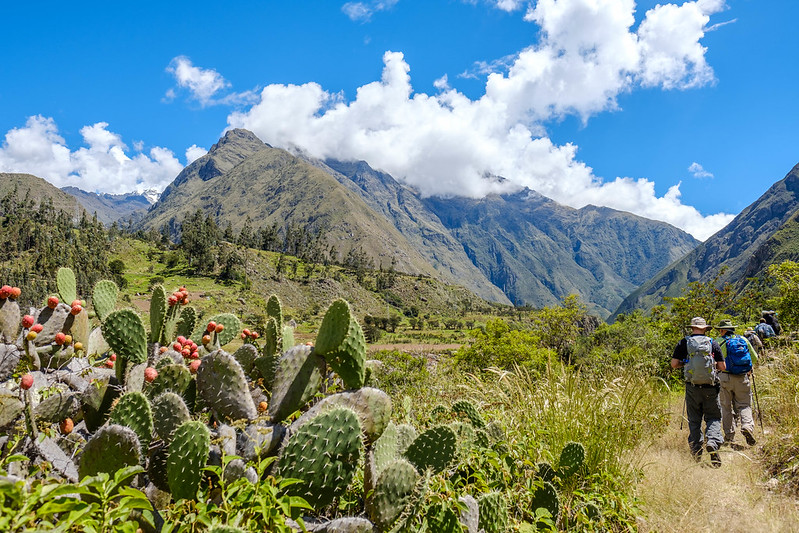Peru is a dream destination for trekkers, with some of the most beautiful and culturally rich trails in the world. The Inca Trail and the Salkantay Trek are two of the most famous routes, both leading to the mystical Machu Picchu. But which trek is best for you? In this blog, we'll go over the differences, similarities, and unique features of these two treks, allowing you to make an informed decision about your adventure.
Choosing Your Path to Machu Picchu
Overview of the Inca Trail and Salkantay Trek
The Inca Trail: A Journey Through History
The Inca Trail is not just a hike; it is a historical pilgrimage. This 4-day trek covers 43 kilometers (26 miles) and is known for its rich archaeological sites, including Wiñay Wayna and Phuyupatamarca. The trail ends at Machu Picchu's Sun Gate, where trekkers get their first breathtaking view of the ancient city. The Inca Trail is a popular choice for those looking to reconnect with Peru's past due to its combination of natural beauty and historical significance.
The Salkantay Trek: A Scenic Adventure
The Salkantay Trek is an alternative route that is gaining popularity among adventurous travelers. This trek, named after the towering Salkantay Mountain, lasts 5 to 7 days and covers 72 kilometers (45 miles). Unlike the Inca Trail, the Salkantay Trek focuses on natural landscapes, passing through a variety of ecosystems ranging from snow-capped peaks to lush jungles. While it lacks the historical sites of the Inca Trail, it compensates with solitude and breathtaking scenery.

Detailed comparison between the Inca Trail and the Salkantay Trek
Duration and Distance
| Trek | Duration | Distance | Trekking Days |
| Inca Trail | 4 days | 43 km (26 miles) | 4 |
| Salkantay Trek | 5-7 days | 72 km (45 miles) | 5-7 |
The Inca Trail typically takes four days, whereas the Salkantay Trek can last up to seven days, depending on the route chosen. The Inca Trail's shorter distance is balanced by its steep ascents and high altitude, whereas the Salkantay Trek is longer but less crowded.
Scenery and Landscapes
Both treks provide breathtaking views, but the type of scenery varies.
- The Inca Trail is famous for its mix of cloud forests, mountain passes, and ancient ruins.
- Salkantay Trek: Highlights include the majestic Salkantay Mountain, tropical jungles, and fewer tourists.
The Inca Trail combines natural beauty and cultural history, whereas the Salkantay Trek is ideal for those seeking diverse landscapes and solitude.
Difficulty and Physical Demands
| Trek | Highest Elevation | Difficulty Level |
| Inca Trail | 4,215 meters (13,828 feet) | Moderate to Challenging |
| Salkantay Trek | 4,650 meters (15,255 feet) | Challenging |
Both treks are challenging, but the Salkantay Trek is slightly more difficult due to its higher elevation and longer duration. The Inca Trail's steep ascents are challenging, but the daily distances are shorter, allowing for a more controlled pace.
Climate Considerations
- The Inca Trail is best hiked between May and September, when the trail is less slippery and the views are clearer. However, nights can be cold, particularly at higher elevations.
- Salkantay Trek: Similarly, the dry season is ideal, but due to the higher elevations, you should be prepared for cold nights and possible snow at the Salkantay Pass. As you get closer to Machu Picchu, the weather warms up and becomes more humid.
The Best Trek for Your Preferences
- Inca Trail: Perfect for those who prioritize historical and cultural experiences, with the added reward of entering Machu Picchu through the iconic Sun Gate.
Salkantay Trek: Ideal for adventurers who prefer stunning natural landscapes, a quieter trail, and a bit more flexibility in terms of duration and itinerary.

Cultural and Historical Significance
Inca Trail: A Walk Through History
The Inca Trail is rich in archaeological significance, with numerous well-preserved Inca sites along the way. The approach to Machu Picchu via the Sun Gate is a highlight, providing a unique spiritual and historical experience.
Salkantay Trek: Connecting with Nature
While the Salkantay Trek lacks the same concentration of ruins, it provides a profound connection to the Andean landscape and local culture. Trekking through traditional villages provides an insight into the lives of the Andeans, making it a culturally enriching experience.
Practical Considerations for Each Trek
Permits and Accessibility
- Inca Trail: Requires a special permit, limited to 500 people per day, and often sells out months in advance. It’s essential to book early to secure your spot.
- Salkantay Trek: No permit required, making it more accessible for last-minute trekkers. However, booking with a reputable operator is recommended for safety and comfort.
Accommodation and Food
- Inca Trail: Camping at designated sites, with meals prepared by your trekking team. Expect hearty meals to fuel your journey.
- Salkantay Trek: A mix of camping and lodges, with some tours offering gourmet meals. The option to stay in lodges adds a touch of comfort, especially after a long day of trekking.
Availability and Combo Options
- Inca Trail: Due to permit restrictions, availability is often limited, particularly during peak season. Some trekkers opt for a combination of shorter treks with other activities in the Sacred Valley if the Inca Trail is fully booked.
- Salkantay Trek: More availability and flexibility in dates make it a good choice for those with less rigid schedules. It’s also possible to combine the Salkantay Trek with other activities, like a visit to the hot springs in Santa Teresa.
Cost and Budget
| Cost Breakdown | Inca Trail | Salkantay Trek |
| Permits | High | None |
| Accommodation | Camping | Camping/Lodges |
| Meals | Included | Included |
| Guides and Porters | Required | Optional |
The Inca Trail is typically more expensive due to permit fees and the requirement for guides and porters. The Salkantay Trek can be more affordable, particularly if you choose basic camping. However, upgrading to lodge stays on the Salkantay Trek increases costs while providing a more comfortable experience.
When deciding between the Inca Trail and the Salkantay Trek, consider what you value most in a trekking experience.
- Choose the Inca Trail if you’re a history buff who wants to experience the rich cultural heritage of the Incas and enjoy the thrill of entering Machu Picchu through the Sun Gate.
- Opt for the Salkantay Trek if you’re an adventure seeker who prefers stunning natural landscapes, fewer crowds, and a more flexible trekking schedule.
Both treks provide unique experiences tailored to different types of adventurers. Your decision will be based on whether you value historical significance or natural beauty, the length of your journey, and your preferred level of difficulty.

Are you ready to take on the journey of a lifetime? Whether you choose the historic Inca Trail or the scenic Salkantay Trek, Peruvian Sunrise is here to help you plan every step of your adventure.
Contact us today to begin your adventure and experience the magic of Machu Picchu on your own terms. Don't pass up the opportunity to create unforgettable memories in the heart of the Andes!
Ready to start your Peruvian adventure? Contact us today to begin planning your customized tour! Complete our Peru travel survey or email us at info@peruviansunrise.com, and let's make your dream trip a reality.
Thank you for reading!
Please, follow us on Facebook and Instagram, click on the following icons: ![]()
![]()
![]()
And If you liked the article, you are very welcome to share it on your social media.
